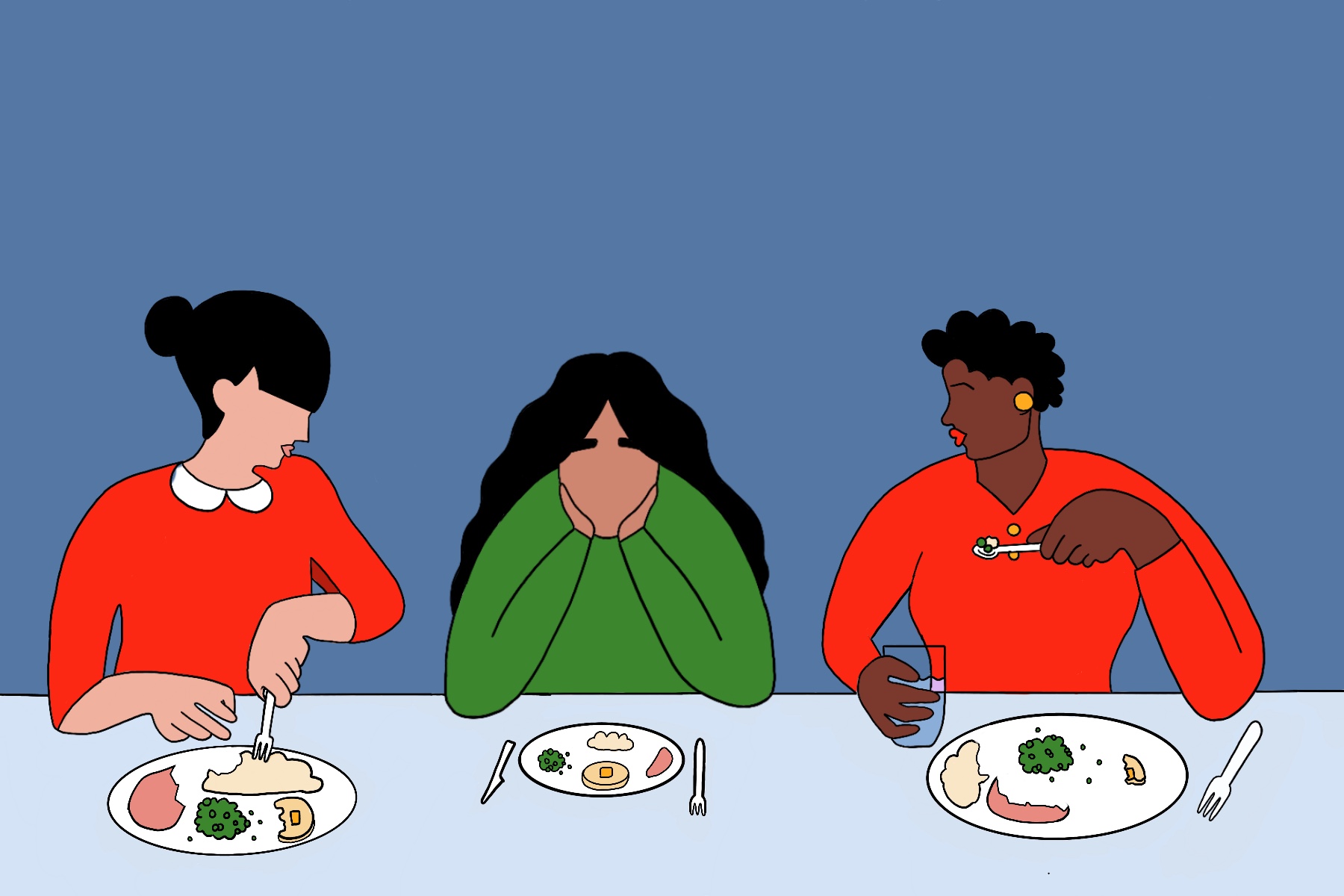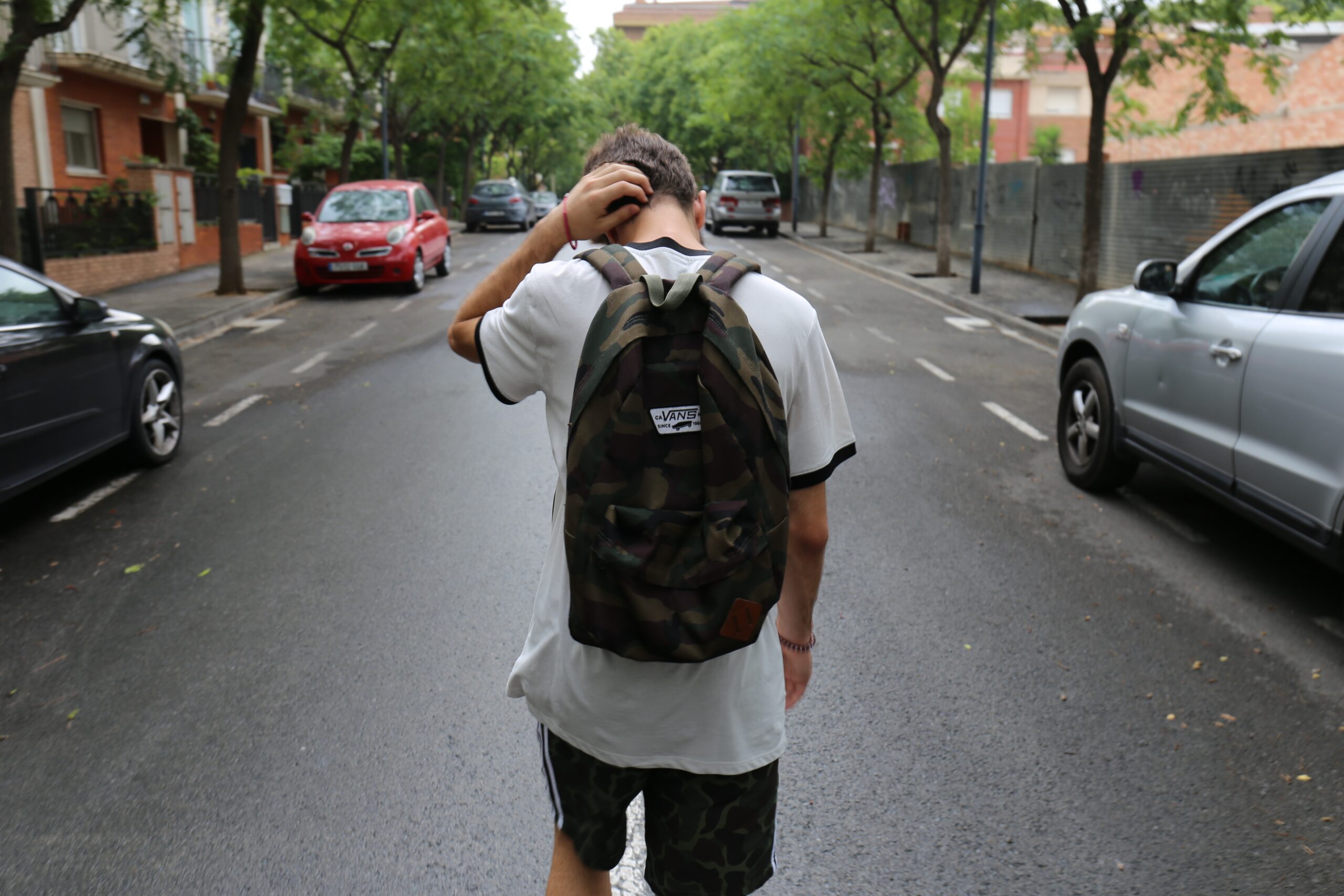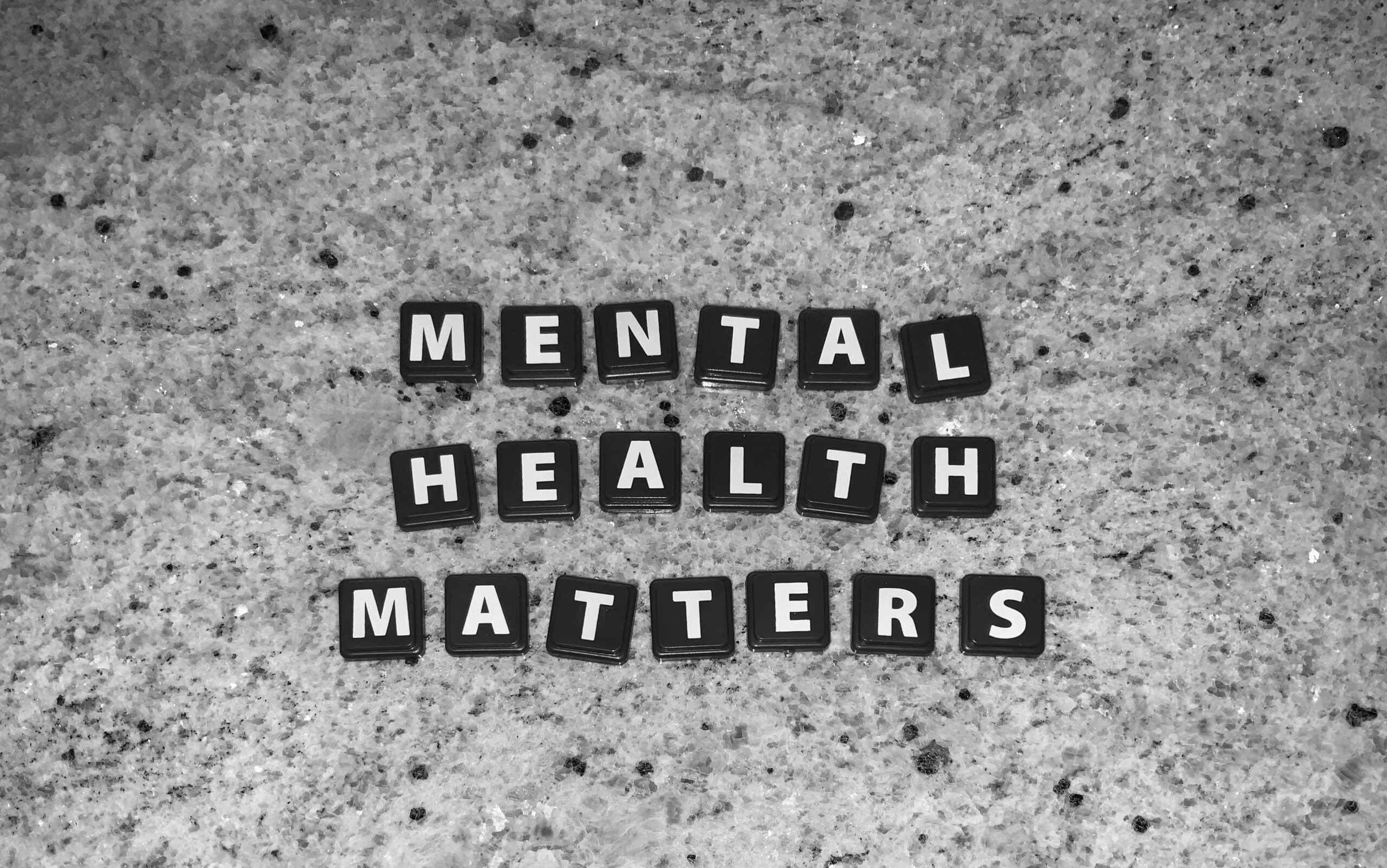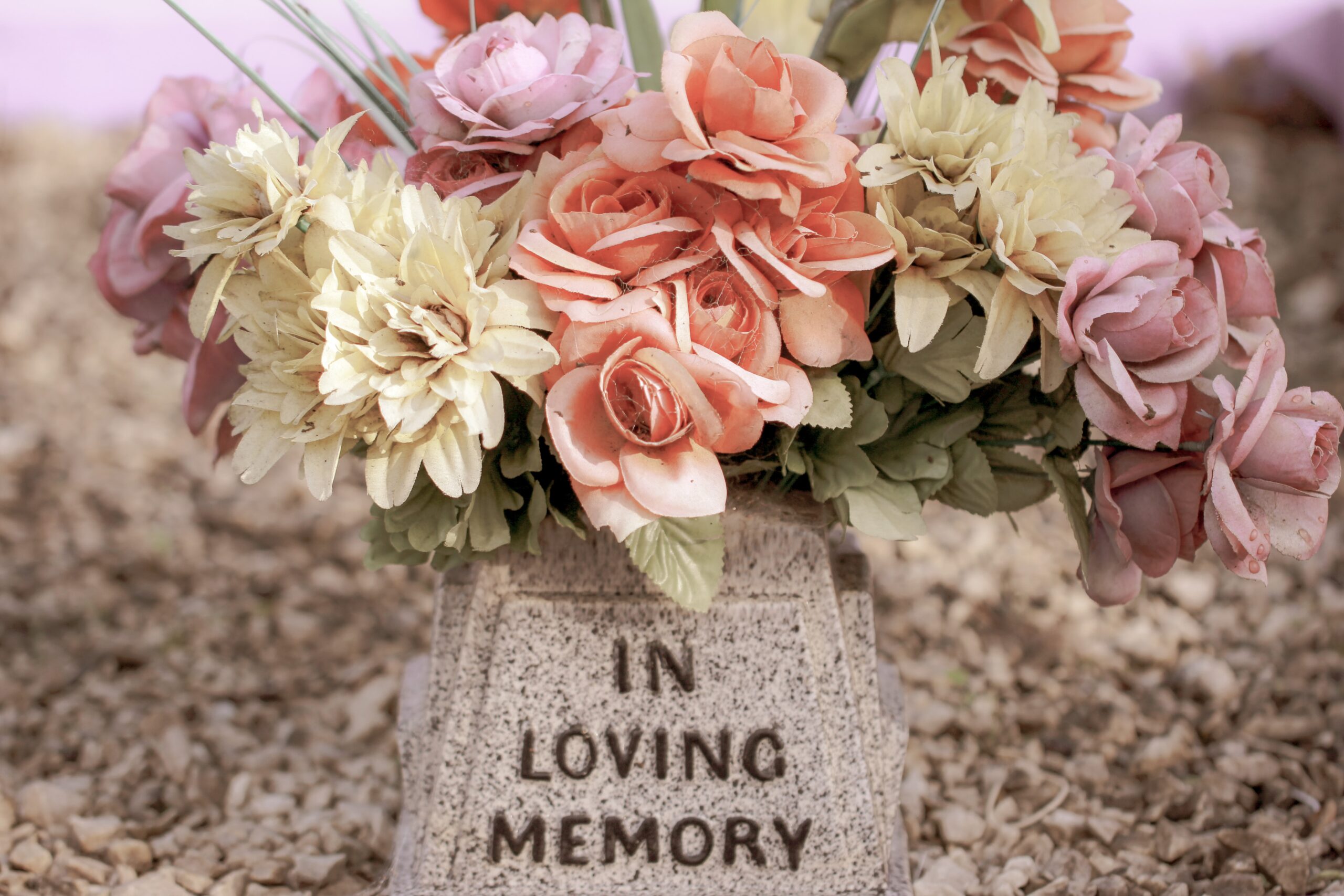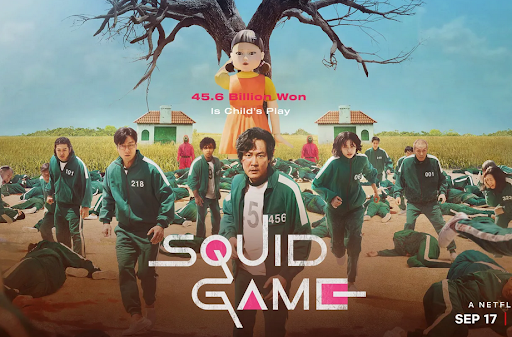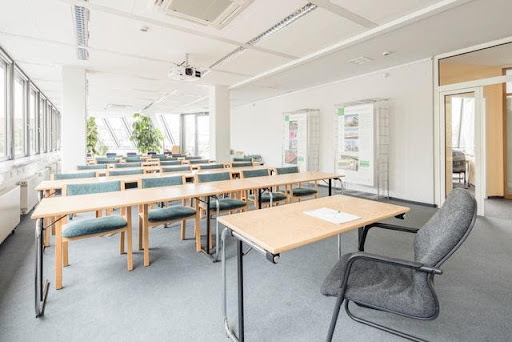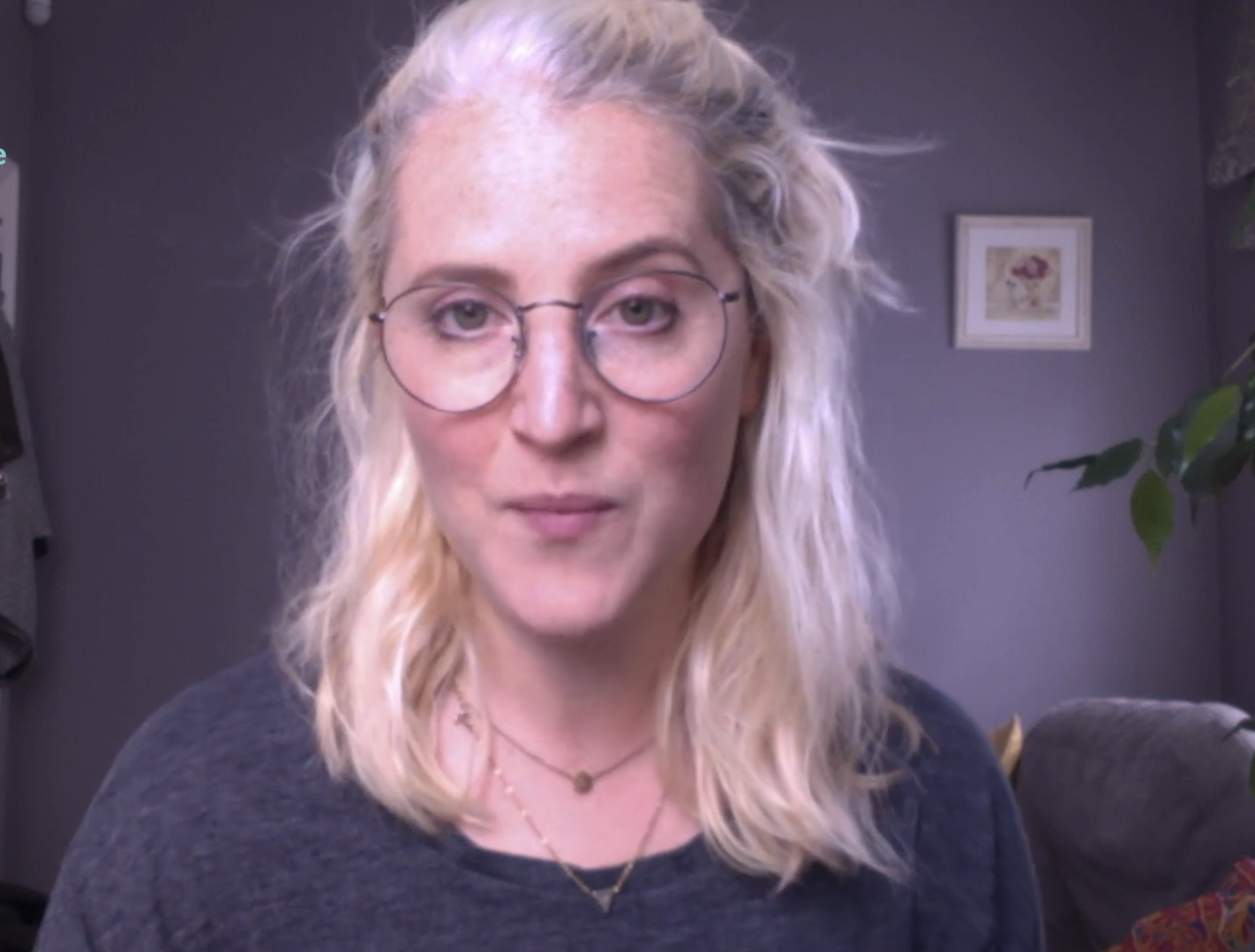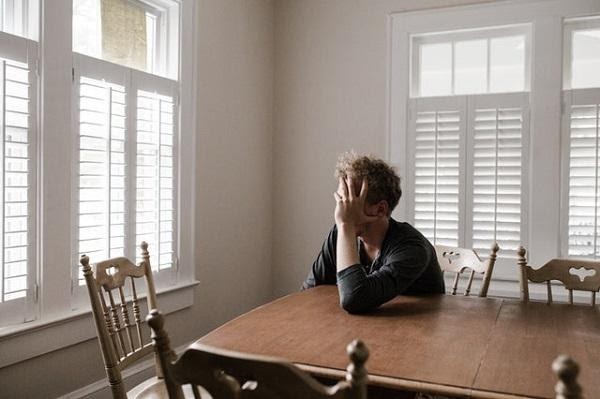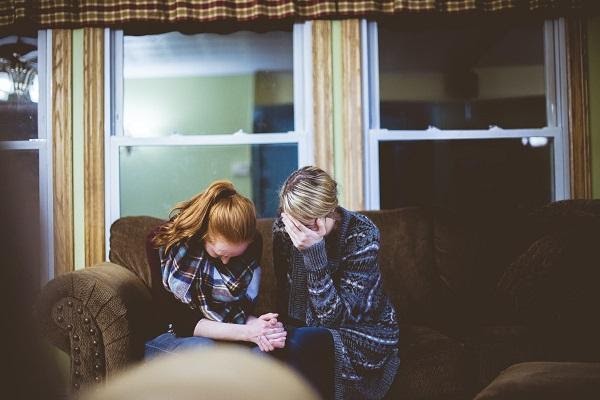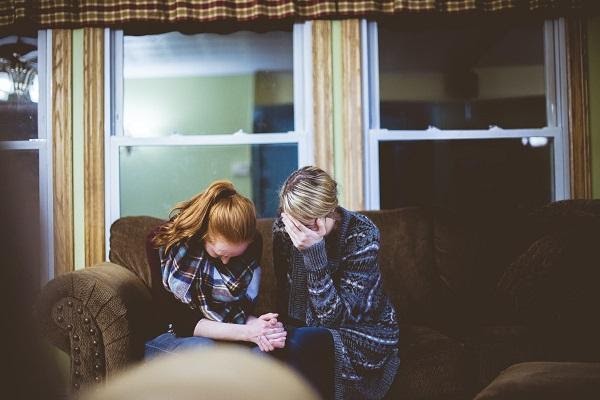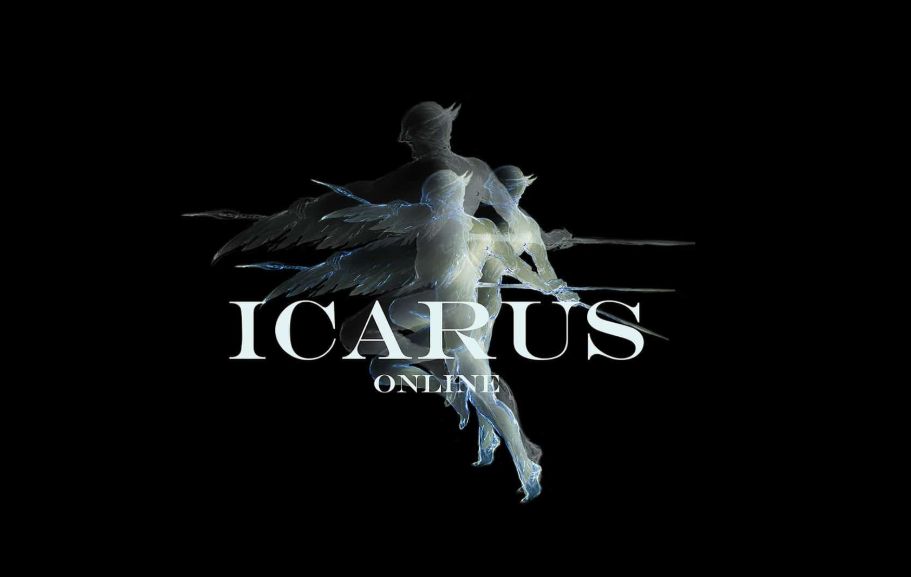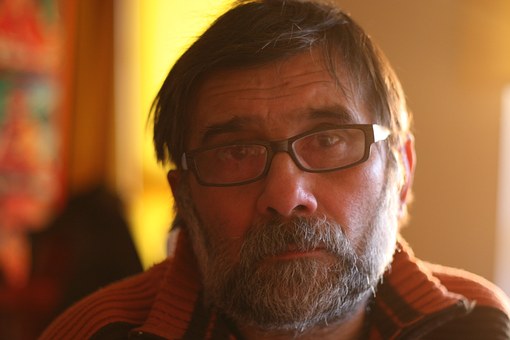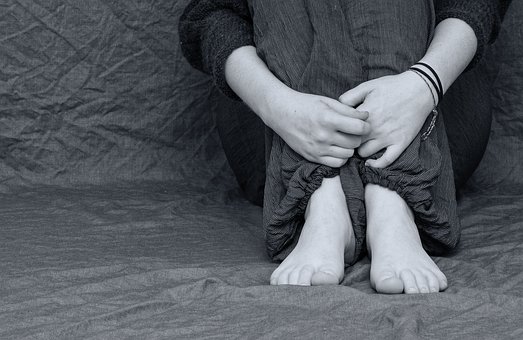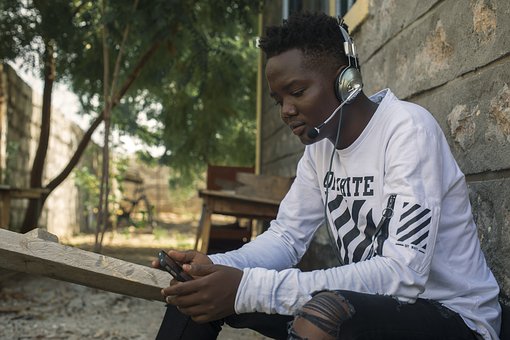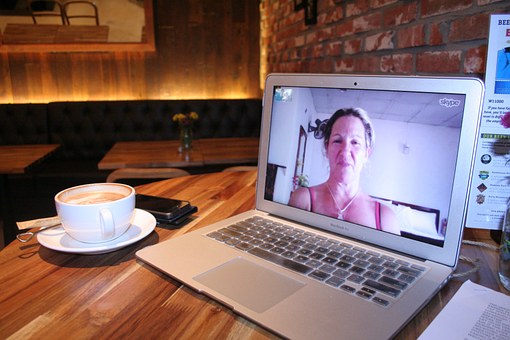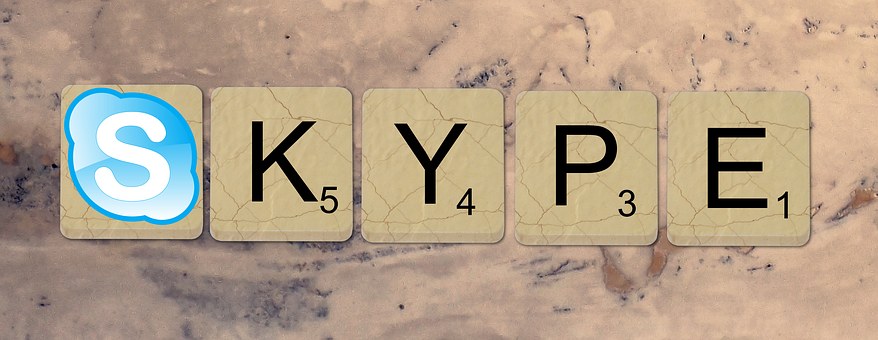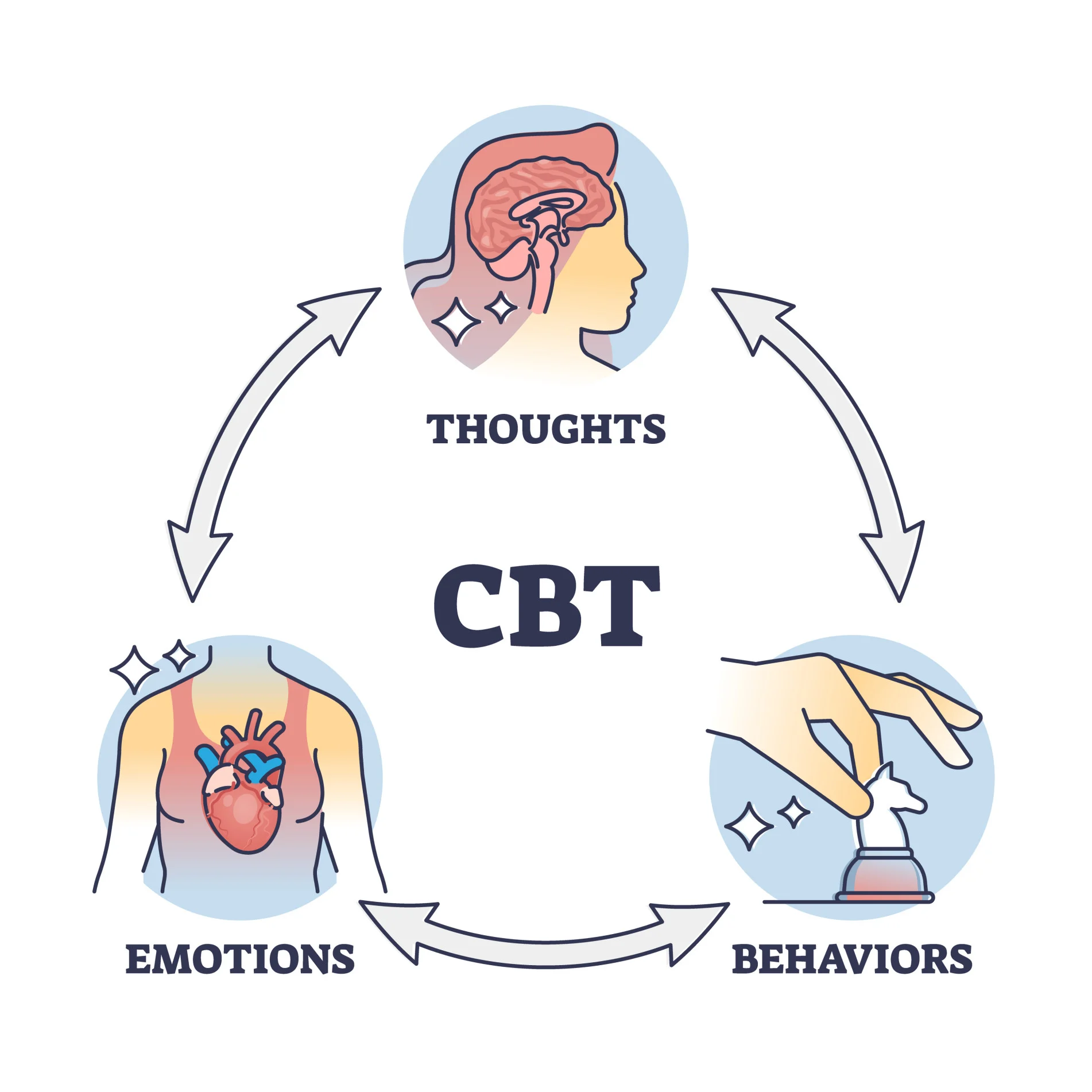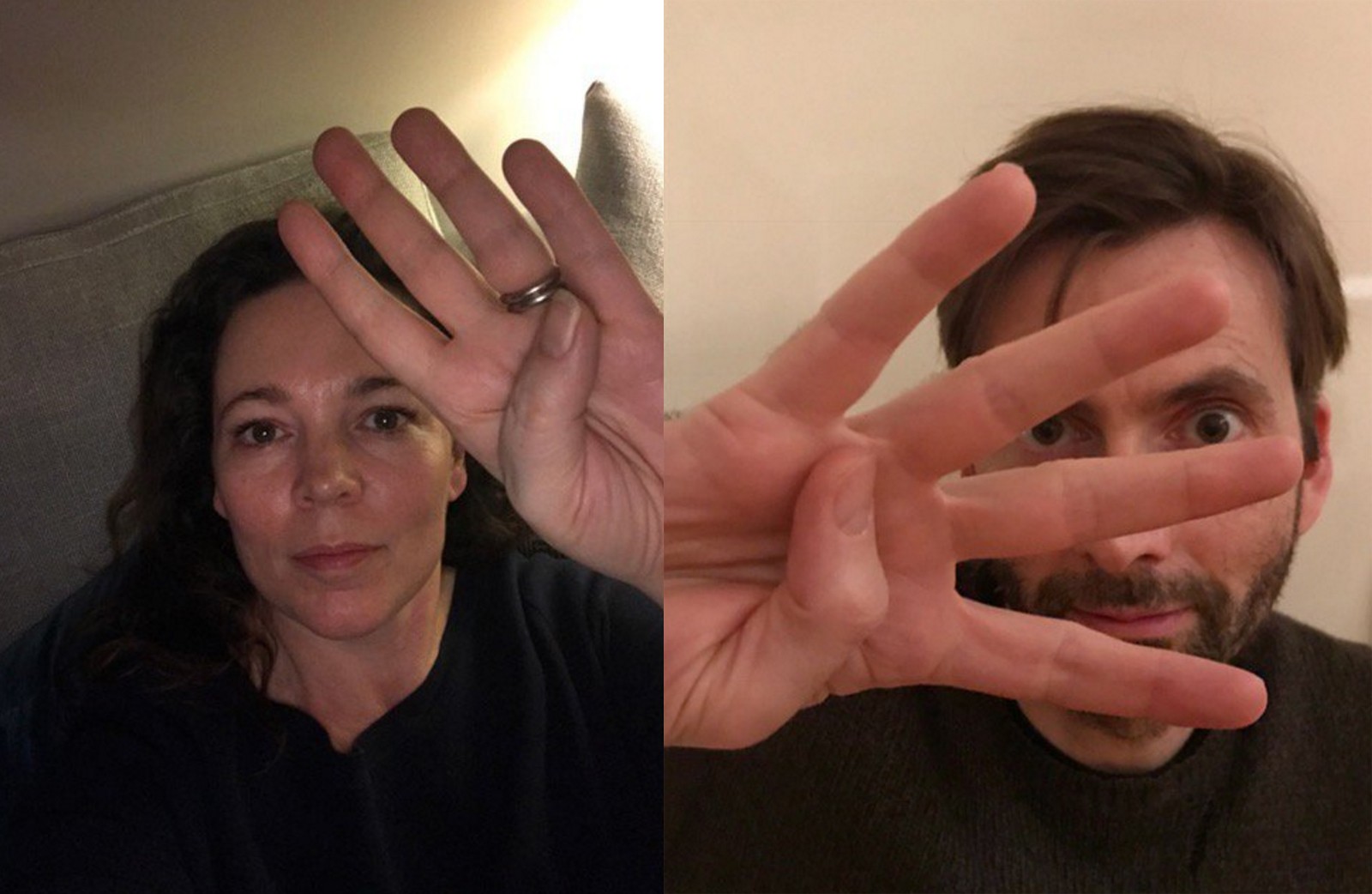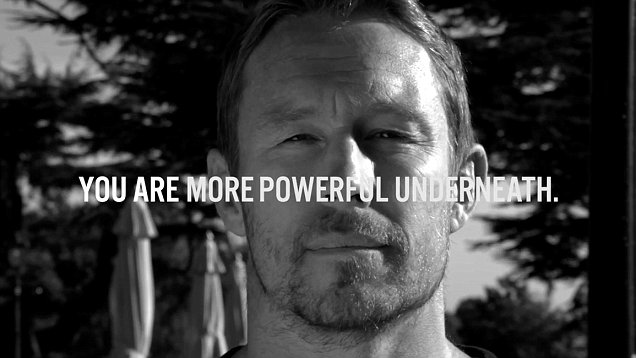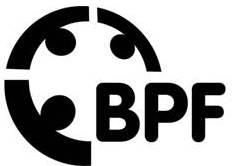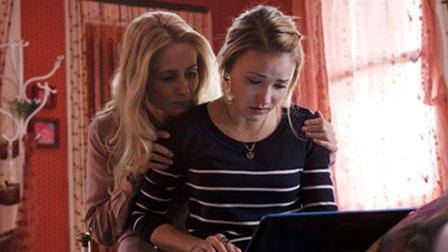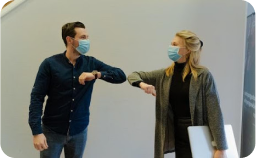Introduction
Traveller, the road is only your footprint, and no more; traveller, there’s no road, the road is your travelling. (Antonio Machado 1875 – 1939)
I have worked as a non-judgemental empathic focused, person-centred practitioner with traumatised Children and Young People (CYP) since September 2009. A person-centred therapist is expected to be thoroughly committed, fully engaged and highly present1 with clients. This stance has courageously and sensitively been maintained at the various private environments via Empathy Zone enterprise and school voluntary settings I practice at.
Empathy Zone is the environment and portal through which greater discovery, understanding and acceptance of a persons emerging Self is encouraged to integrate. Empathy Zone transcends physical boundaries. It is the sanctuary within.
ACCEPTING THE CHALLENGE
In May 2014 I was invited to participate in the educational activities at all girl Special Independent School (SIS) as a Child Workforce Volunteer Counsellor (CWVC).
On 2 occasions, I forged from the flames of high resistance 100% commitment from traumatised CYP to enter into the counselling process while creating the conditions for setting up a counselling service. These events took place within an 8 week, 1 day, 4 hour time frames (May, June – October, November 2014).
Based on my observations made during weekly visits I drafted a counselling strategy. Highlighting a person-centered plan to address the extremely hostile attitude of the pupils to any therapeutic engagement. This was one of the main reasons why I ‘used’ the person-centred approach which is proved to show statistically better outcomes as compared with conventional individual service planning rooted in behavioral. methods.2 Person-centered theory is often misunderstood as superficial and naïve, but nothing could be further from the truth. It is a theory with real depth, which is able to confront both the dark side of the human condition as well as the positive aspects. Person-centered theory therefore promises to provide the foundation stone for a new positive psychology of mental health.3
Evidence charting both journeys of success is contained in 2 reports I submitted to the Executive Head (EH) of the SIS. I combine and streamline these reports with key identifying features removed.
- Report 1: Forged From The Flames
- Report 2: History Class Breakdown, Therapeutic breakthrough.
I also include published poem Snow Dragon4 which was inspired by my encounters with CYP.
ETHICAL CONSIDERATIONS
I worked in accordance with the requirements of the British Association for Counselling and Psychotherapy (BACP) ethical framework5 in maintaining good practice. Attending supervision, ensuring confidentiality and its limits were explained clearly. Confidentiality for young people is recognised and protected by both common law and statue, notable via s.60 of the Data Protection Act 1998 and Article 8 of the Human Rights Act 1998.6 Appropriate child protection and safe guarding procedures were in place and I met regularly with the Executive head to keep our records up to date.
I made further use of the Independent Practitioners Network (IPN) face-to-face model of best practice accountability through open, committed relationships with peers as its ethical ethos grounded in honesty, integrity and transparency. This served to keep the personal touch alive in my work while providing the opportunity for creating a culture of standing by and challenge.7 I would like to thank all the members of IPN Oxford Group for their enormous courage, intuitive intelligence and other feminine gifts of the mind they supported me with while I practiced at SIS. I would also like to thank my supervisor for her support, guidance and flexibility in accommodating me.
FORGED FROM THE FLAMES
The SIS was exclusively established for troubled 11-16 year old girl’s. Many CYP at the SIS consistently express poor early childhood attachment connections with parent(s)/carer(s). For some CYP the possibility of physical and/or sexual abuse occurring in early childhood can not be ruled out, adding additional layers of traumatic complexity to their behaviour. Deep emotional neglect and psychological suffering is often manifested through various destructive behaviours which in turn impacts on the young people’s ability to cope with their lives.
Anxiety, depression, anger, rage, low self-esteem, self-worth and self-harm are not unfamiliar mental health issues to CYP. A number of CYP at SIS have had professional intervention and prevention support (social workers, therapists, counsellors, psychotherapist, psychologists, psychiatrists etc.) offered to them, sometimes over a number of years, to help them manage their presenting issues. Unfortunately, it appears that those interventions in many instances did not reach the desired outcomes. As a result, some CYP developed serious suspicion and mistrust towards caring professionals who they felt failed them in their struggle to overcome their problems. To protect themselves from further disappointments, CYP would often refuse to engage in any form of therapeutic activities.
Years of counselling studies and practice experience have taught me suspicion, mistrust and rejection are not conducive to creating safe therapeutic relationships and non-treating counselling environments. Therefore, winning a young person’s trust is a sine qua non condition to undertaking any emotional intervention. Only then the work to unlock psychological growth and emotional wellbeing can translate into improving the young people’s personal, social and academic skills.
My therapeutic effectiveness and specialisation in the area of young person engagement have been recognized by BACP CYP who published in their journal December 2012 my article – EMPATHY REIGNS8, exploring empathic interventions with CYP.
Establishing and maintaining trust and respect opens the portal of safety within which therapeutic counselling can come about. Since both, trust and respect, can not be produced on demand but need to be nurtured, it is vital that time and space are provided to let those values develop naturally and at their own pace.
The strategy used to gain and build trust and respect of the CYP at the SIS focused on:
- Organic relating
- Structured relating
- Delivery and management
Phase 1: Organic Relating
This phase ran for 4 hours a day, 1 day a week, 8 weeks from 22nd May to 17th July 2014. It was fully supported by the EH, whose far-sightedness allowed this project to unfold at SIS. Appropriate safe guarding procedures were in place and ED and I met regularly to keep our records up to date. Throughout this period I made myself available to pupils and staff and answered questions, gave small demonstrations of what counselling is about and “rolled with the resistance” that I encountered. I feel I made positive relationships with staff and pupils. I demonstrated low directional bias but was heavily influenced by the directional pull and individual needs of the CYP. I asked for feedback from CYP on how I could set up a counselling service for them.
My organic relating phase incorporated and focused on 3 core therapeutic conditions:
- Empathy (Empathic listening is always centred on the other person, and its goal is to make the other feel uniquely understood).9
- Unconditional Positive Regard (Unconditional positive regard is the primary theoretical condition of client change in person-centred therapy).10
- Congruence (Like empathy and unconditional positive regard, congruence makes it easier for the client to trust the counsellor and the counselling process.) 11
The importance of trust and respect has already been highlighted in facilitating a safe and non-threatening space and I believe that through employing the above 3 conditions, I have reached a level of trust sufficient to introduce the second phase of the project, i.e. structured relating.
| Is there a demand for Therapeutic Counselling at SIS? | Yes |
| Therapeutic Modality | Person-Centred Therapy. Person-centred therapy is based on an organismic psychology which describes the innate and unforced tendency of human beings, given a conducive environment, to actualise their potential. Person-centred therapist work simply to support this tendency by co-creating as conducive an environment as possible. 12 |
| What evidence can be offered to support the research findings? | Positive feedback from clients, professional support staff/teachers, deputy head, EH & counsellor |
| Any other modalities and/or techniques offered/used | No |
| What method of research was used | Qualitative Research (experience/perception/observation/conversations, etc.) |
| What time period was the qualitative research conducted | 4 hours a day, 1 day a week, 8 weeks. |
Phase 1 of the qualitative research programme has been now successfully completed. The positive findings of phase 1 will be confidently drawn on to establish and implement Phase 2.
Phase 2: Structured Relating
Out of a total of 7 pupils I met with at SIS, 2 will be no longer returning in 2014/15 academic year. 2 pupils have expressed a keenness to explore counseling further with me and are willing to be part of the structured relating phase. 1 young person was undecided and asked for time to consider the counselling offer after the summer break. I envisage phase 2 will run for 8 weeks from 2/10 – 27/11 2014 and will revolve around the needs and expectations of each individual. In order to make the structured relating phase a success, I have identified a number of requirements that will need to be brought if the counselling service is to operate professionally at SIS.
Requirements:
- Counseling service to be advertised around school, including the school website;
- CORE Measurement Tools to be introduced and integrated into the counselling service;13
- Deputy Head to act as a Link Worker to help make referrals for pupils, staff and external clients
- Letters to be written and sent out to parent(s), carer(s) and professional bodies;
- Drop in sessions for staff to be offered to learn about the service;
- Offer in service training/continuing professional development for staff.
- Dedicated, quiet counselling space,(sound proof material measurements: wall 1:
290cm x 250cm = 43500cm sq; wall 2:170cm x 250cm = 42500 cm sq.), painted with warm colours (free paining offered by www.letscolour.co.uk), and equipped with 2 comfortable chairs, small table, lamp, tissues, rug, small plant, do not disturb sign (on door), appropriate developmental age games, colouring pens and paper
- Provision of suggestion/feedback box;
- Posters and leaflets to be designed and printed (pupils to contribute to the design phase)
To ensure the sustainability of the counselling service programme at SIS, an application to the Big Lottery Fund will have to be submitted by the end of the summer break. Providing the application is successful the Delivery and Management phase of the counselling programme is expected to run for 12 months (January 2015 – January 2016).
The secured funds will allow to cover for the counselling sessions, supervision, travel and additional in house counselling training for the counsellor and SIS staff.
As a practising therapeutic counsellor I am required to attend regularly supervision to ensure best practice and ethical principles are adhered to (1.5 hours of supervision for every 6 client-hours worked). At the moment I am funding this obligation from my own resources. If funding can not be secured from the Big Lottery Fund it is likely that the Delivery and Management phase of the counselling programme will come to an end no later than July 2015. However, other fundraising options, both local and national, such as, business/corporate sponsoring will be explored. In order to capitalise on past and anticipated success of the counseling service at SIS every creative opportunity to fund the programme will be pursued.
HISTORY CLASS BREAKDOWN – THERAPEUTIC BREAKTHROUGH
Emotional disturbance can have a significant effect on the educational capacity of a child.14 It is therefore desirable that schools support young people to help them address both, emotional as well as educational, problems.15 The SIS is particularly concerned with the pupils’ educational and emotional welfare. Establishing a counselling service is one of the SIS’s initiatives to enhance its capacity to provide comprehensive and long-term assistance to pupils so that they can reach their full educational potential. Research shows that young people with mental health issues can find it difficult to concentrate and learn at school. Addressing these problems early on may help young people to make the most of their education and wider life.16
The latest estimates suggest one in 10 children aged between five and 16 has a mental disorder, such as anxiety, depression or a conduct/behavioural disorder.17 And the most important two key drivers of patient recovery are the quality of a therapist and engagement by the patient.18 The best place to help CYP with such like problems is to provide a safe, non-judgemental and empathic space.
EMPATHIC EXPERIENCE
I was confident that person-centred methods, combined with my non-judgemental, empathic and ethically guided approach, would bring positive results at SIS. And at the end of the school year the evidence was there to substantiate the effectiveness of my efforts. Using the person-centred approach I achieved commitment to enter into counselling from 3 out of 5 pupils with whom I worked on a weekly bases.
Unfortunately, after the summer break, at the staff meeting on 1st October, I was informed that only 1 out of the 3 pupils was enrolled at SIS for the new school term. Nonetheless, it was very encouraging to learn that the one pupil, who did return, was full of optimism to see that “her” counsellor was at the school and that she would have “her own” counselling.
The staff meeting was also a great opportunity to meet all SIS personnel, explain my role as a CWVC, answer questions and provide guidance how difficult pupils and challenging behaviour in class can be diffused. Given that SIS teachers face exceptionally challenging and often socially overwhelming behaviours on a daily basis, I believe they would benefit immensely from having a regular and reliable access to counselling support, whether to discuss individual cases personally or whether to refer the pupils.
REINVESTING
Despite the set back caused by the inability to continue the therapeutic engagement initiative with the same pupils, as of 2nd October 2014 I made myself available in a determined effort to forge formal counselling sessions with the present SIS pupils. Being aware of the pupils’ previous disappointing experiences of therapeutic activities as well as their rejection of, and often complete disregard for, any figure of authority, I had to make sure that my interventions were as effective as they were subtle. The situation became particularly complicated when the one pupil, with who I worked at SIS previously (X), found herself in a company of two newly enrolled pupils (Y and Z) displaying deeply destructive behaviour. However, although all three students initially refused to engage in any constructive dialogue with me, I was confident that X’s positive experience of me as an empathic listener and a person who can be trusted, would positively influence Y and Z.
On the 9th October some promising signs emerged from my encounters with X, Y and Z. On that day, to diffuse a challenging situation, the teaching assistant suggested X, Y and Z meet with me for a thirty-minute session each. The meetings were scheduled for next week and both X and Y showed up at the arranged time. Z was still expressing strong resistance (on the day) to any therapeutic engagement.
Some of the issues, tentatively aired with me by Y in the therapy room, were given full expression during the history class. Since a class room setting is not conducive to counselling, I made no attempt to do so. However, I did offer therapeutic interventions, such as, non-judgemental, empathic reflections. I believe the history teacher’s confidence in me as a counsellor and his judgment to allow things to unfold were crucial factors in making the breakthrough in the pupils’ attitude to and perception of therapeutic engagement.
It is my understanding that since enrolling at SIS, Y is struggling to settle. Y’s file states she has behavioral and emotional issues. Y’s ability to disrupt the history lesson was a demonstration of the disruptive behaviour which Y defaults to when dealing with strong emotions and difficult feelings rooted in poorly established relational bonds from early childhood with significant others. What made this class room disruption different was the fact that I was allowed to offer empathic interventions which helped channel the outbursts into a safe outlet.
Other teachers felt the full force of Y’s emotional outbursts, disrespect and deeply disturbing behaviour and struggled to find a way of dealing with it in a safe and constructive manner. The severity of the problem highlights the fact that a newly employed teacher with over 30 years experience left SIS as a direct result of Y’s destructive and insulting behaviour.
The research shows that poor pupil’s behaviour is the greatest concern of new teachers and a common reason why experienced teachers leave the profession.19
Furthermore, two thirds of teachers say that negative behaviour is driving people out of the profession and the most frequent factor cited as a cause of classroom stress is pupils’ lack of respect towards teaching staff.20
The expression of difficult feelings and strong emotions (aggression, anger, fear, rage) through shouting, crying or destruction directed at others or self, is something that counsellors have studied and are trained to deal with therapeutically. Individuals with low self-esteem, self-worth, or other negative feelings brought on by poorly developed relational attachments and other traumatic experiences, are also frequently encountered. However, not all psychological problems are caused by childhood experiences; not all emotional stress concerns individuals. The influence of history, geography, economics, philosophy and religion on individual responsibility is vastly underestimated.21
For me the difficulties in engaging therapeutically with special needs children were very challenging, especially due to the ethical issues around dual relationships. Complex problems involving other human beings have no simple answers. They call for judgment, experience, empathy, personal investment, and wisdom – the capacities of whole persons.22 In many ways the work I have been engaging in so far can be compared to pre-therapy. This phase has resulted in three 45-minute (in)formal counselling sessions to commence on Thursday 6th November. I secured 100% commitment from X and Y. Z is not so certain, but is willing to give it a go.
SOME CONCERNS
As much as I celebrate my success in winning the chance to help pupils address their emotional and behavioural problems, I am concerned that the space allocated for counselling sessions is not perceived as secure. One pupil has raised the issue with me expressing her uneasiness in having sessions in a room where the walls are thin, making it possible for other pupils to eavesdrop.
Despite this clear setback, pupils are more positive in therapeutic engagement and their suggestions to provide comfortable chairs for the therapy room, to remove the existing posters and to organise group therapy, are a clear indication of their enthusiasm for the initiative.
The demanding work in setting up a counselling service is made even more difficult when recommendations and referral avenues are proving slow to materialise. I do hope my report on the 2nd therapeutic breakthrough has demonstrated some of the internal and external dynamics involved in establishing constructive counselling sessions with SIS pupils. I believe both teachers and support staff would also benefit enormously from accessing professional therapeutic support.
EMPATHY FOR SHAME
I feel my poem (below) captures the raw energy lost in report writing. It expresses the discipline, benefits and positive outcomes of emotional investment and the effectiveness of a non-judgemental empathic presence. It captures starker glimpses of darker-winged origins of the suffering dynamics along with distortions of perception in traumatised CYP when offering hope. Only when hope has been established can the blaze and fury fuelling shame, rage and rejection make way for a more balanced encounter in the unfolding chapters of the counselling process.
Anger, rage, silence, indifference and other displays of female fury were frequently expressed and felt. Threats of physical violence and accusations of being a sexual predator were also verbalised. However, all these camouflaged expressions served one purpose only. There were desperate attempts to keep the flames of shame from surfacing and taking over. Without a shadow of a doubt this consuming feeling lurked large and often. It is implicated in all emotional outbursts.
You can’t fix that problem without addressing shame. Shame is highly, highly correlated with addiction, depression, violence, aggression, bullying, suicide, eating disorders. Shame is an epidemic in our culture. Empathy is the antidote to shame. If you put shame in a Petri dish, it needs three things to grow expediently secrecy, silence and judgement. If you put the same amount of shame in a Petri dish and douche it with empathy it can’t survive.23
Being vigilant against the creeping vine of shame and its ability to produce chocking off points of engagement requires constant use of body-awareness. Body-awareness is the gateway to keeping empathy fresh when funnelling shame into a high-intensity silo of safety. Empathy is not only a born survivor. It is the rescue service available in bringing stranded clients back from the brink of isolation and into the fold of humanity. Just three face-to-face sessions oozing with empathy reduced shame into a more manageable chunk.
It is not for nothing that empathy represents the deepest expression of awe, and understandably is regarded as the most spiritual of human qualities.24
With the ground work successfully completed, I was all set to move beyond the constraints of shame, only to have my services unplugged by the medium of email.
There aren’t enough services. If they [young people] reach out and talk about their problems there is often no-one there who is able to listen who is able to address their issues.25 Child or young person should work with the counsellors support to find their own answers to their difficulties.26 The final analysis. The cost-benefit ratio of empathy was hocked cheap to a tick box mentality. Not an uncommon outcome in today’s society. With its fixation on neat and tidy objectives and its total disregard for anything with a pulse. Especially, human feelings and emotions.
SNOW DRAGON
Knobs of venom hocked up from her depths
Each time she spits her lips hiss.
The gauntlet of engagement forming on the floor. I swoop and scoop,
cradling the jagged moistness in coiled hand.
Don't look at me you smell of cancer, creep. The beauty of her emerald eyes,
dissolving
Hypnotic black orbs of jade fire burst through.
Flesh torn, jackals thirst, stale blooded vultures foaming.
Crystal flashes, a hint of fairy-sex magic
Stay, stay present, weave the air,
her silky menace.
Create an image engulfed in darkness.
Her scent strong, raw, sweet
My warrior heat
Here today in our spray of innocence
You and I do meet.
Golden nuggets crumble beneath my feet
Swollen breasts, crushed
I stalk a richer bonanza
the ghoul who squats your pagan soul.
- Mearns D and Thorne B. Person-centred therapy today. London: SAGE Publication Ltd; 2000
- Cooper M. Watson C J. and Holldampf D. Person-centred and experiential therapies work. Herefordshire: PCCS Books Ltd;2010
- Joseph S. and Worsley R. Person-centered psychopathology. United Kingdom: PCCS Books Ltd; 2012
- Self & Society Publishers: an International Journal for Humanistic PsychologyVol.42 Nos.3-4; Winter 2014
- http://www.bacp.co.uk/ethical_framework/
- http://www.qub.ac.uk/methics/JenkinsP.pdf
- http://i-p-n.org/home.htm
- http://www.empathyzone.com/images/stories/empathyzone/pdf/empathyreign_dec12.pdf
- Cinramicol A & Ketcham K. The power of empathy. London: Piatkus publications;2000
- Bozarth. J. Person-Centred Therapy, United Kingdom: PCCS Books, 2006
- Mearns D. and Thorne B. Person-Centred counselling in action, 3rd edition. London: SAGE Publications, London; 2008
- Tudor K. and Worrall M. Person-Centred therapy. East Sussex: Routledge Publishers;2006
- (YP – CORE Young Person’s CORE A 10-item measure derived from the CORE-OM and designed for use in the 11-16 age range. Structure is similar to that of the CORE-OM but with items rephrased to be more easily understood by the target age group, http://www.coreims.co.uk/About_Measurement_CORE_Tools.html
- http://dera.ioe.ac.uk/2767/1/Microsoft_Word_-_PLR0910106Griffiths_proofed.pdf
- https://www.gov.uk/government/news/mental-health-behaviour-guidance-to-be-issued-to-school
- https://www.gov.uk/government/news/mental-health-behaviour-guidance-to-be-issued-to-schools
- http://www.bbc.co.uk/news/health-29895921
- Callan S, Fry B. Commissioning Effective Talking Therapies. The Centre for Social Justice. London: 2012
- https://www.gov.uk/government/policies/improving-behaviour-and-attendance-in-schools
- https://www.gov.uk/government/uploads/system/uploads/attachment_data/file/175429/CM-7980.pdf
- Clarkson P. The therapeutic relationship. London: Whurr publisher Ltd; 2009
- Hara O M. Leicester G. Dancing at the edge. United Kingdom: Triarchy Press;2012
- https://www.ted.com/talks/brene_brown_listening_to_shame#t-1141661
- Rifkin J. The empathic civilization. Cambridge: Polity Press;2010
- http://www.bbc.co.uk/newsbeat/30695657
- https://www.gov.uk/government/uploads/system/uploads/attachment_data/file/416326/Counselling_in_schools_-240315.pdf





































